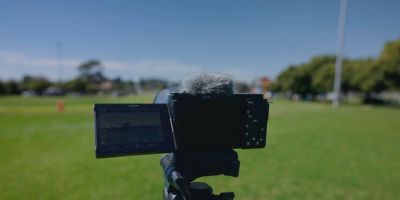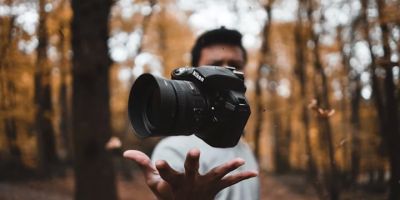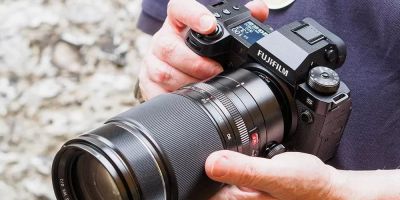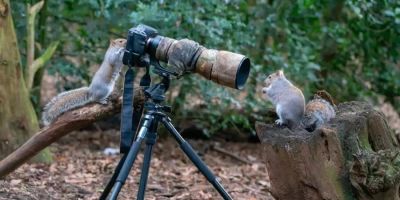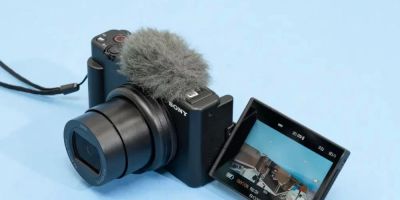- 1-understanding-star-trails-and-milky-way-photography
- 2-essential-camera-gear-and-settings
- 3-choosing-the-best-location-and-timing
- 4-step-by-step-guide-to-capturing-star-trails
- 5-techniques-for-photographing-the-milky-way
- 6-post-processing-tips-for-enhancing-night-sky-photos
- 7-real-world-examples-and-inspirations
- 8-finding-quality-astrophotography-equipment-at-photo-studio
Understanding Star Trails and Milky Way Photography
Photographing star trails and the Milky Way captures the mesmerizing motion and grandeur of the night sky. Star trails are created by the Earth's rotation, producing circular or arcing streaks of stars in long-exposure images. The Milky Way, our galaxy’s dense star field, presents a breathtaking subject, often photographed during clear, dark nights.
Grasping these concepts helps photographers anticipate the technical requirements and creative possibilities involved in astrophotography.
Essential Camera Gear and Settings
A sturdy tripod is crucial for stability during long exposures. A camera capable of manual settings, such as DSLR or mirrorless models, allows precise control over exposure time, aperture, and ISO.
Use a wide-angle lens with a large aperture (f/2.8 or lower) to capture more light. Set ISO between 1600 and 3200 for optimal sensitivity without excessive noise. Shutter speeds vary: long exposures for star trails (several minutes to hours) and shorter ones (15–30 seconds) for the Milky Way.
Choosing the Best Location and Timing
Dark sky locations, far from urban light pollution, are ideal for astrophotography. Check moon phases—new moon nights offer the darkest skies. Clear weather forecasts improve success chances.
Using apps or star charts helps locate the Milky Way’s position. Planning for late spring to early fall often yields the best Milky Way visibility in the Northern Hemisphere.
Step-by-Step Guide to Capturing Star Trails
Begin by mounting your camera on a tripod and pointing it toward the northern or southern celestial pole, depending on your hemisphere, to capture circular trails.
Set your camera to manual mode with a low aperture, high ISO, and exposure times from 15 minutes up to several hours. Alternatively, shoot multiple shorter exposures and stack them in post-processing to reduce noise.
Techniques for Photographing the Milky Way
Compose your shot including interesting foreground elements like trees or mountains to add depth. Use the “500 Rule” to calculate maximum shutter speed: divide 500 by your lens focal length to avoid star trails in your Milky Way photos.
Manual focus on a bright star or distant light and use live view for sharpness. Experiment with exposure settings to balance brightness and detail.
Post-Processing Tips for Enhancing Night Sky Photos
Software like Adobe Lightroom or Photoshop helps adjust contrast, clarity, and color balance. Enhancing the Milky Way’s core, reducing noise, and sharpening details bring out stunning visual impact.
Stacking multiple star trail images with specialized software can create smooth, vibrant trails without excessive noise.
Real-World Examples and Inspirations
Photographer Alex captured mesmerizing star trails over the desert, spending hours patiently composing and stacking images. His work demonstrates dedication and creative vision. Another example is Maria, who photographed the Milky Way from a remote national park, combining foreground silhouettes for dramatic effect.
These stories inspire aspiring astrophotographers to experiment and explore.
Finding Quality Astrophotography Equipment at Photo Studio
For those eager to embark on photographing star trails and the Milky Way, Photo Studio offers expert advice and a wide selection of specialized camera gear. Whether you need tripods, lenses, or editing software, Photo Studio supports your astrophotography journey with trusted products and professional guidance.

